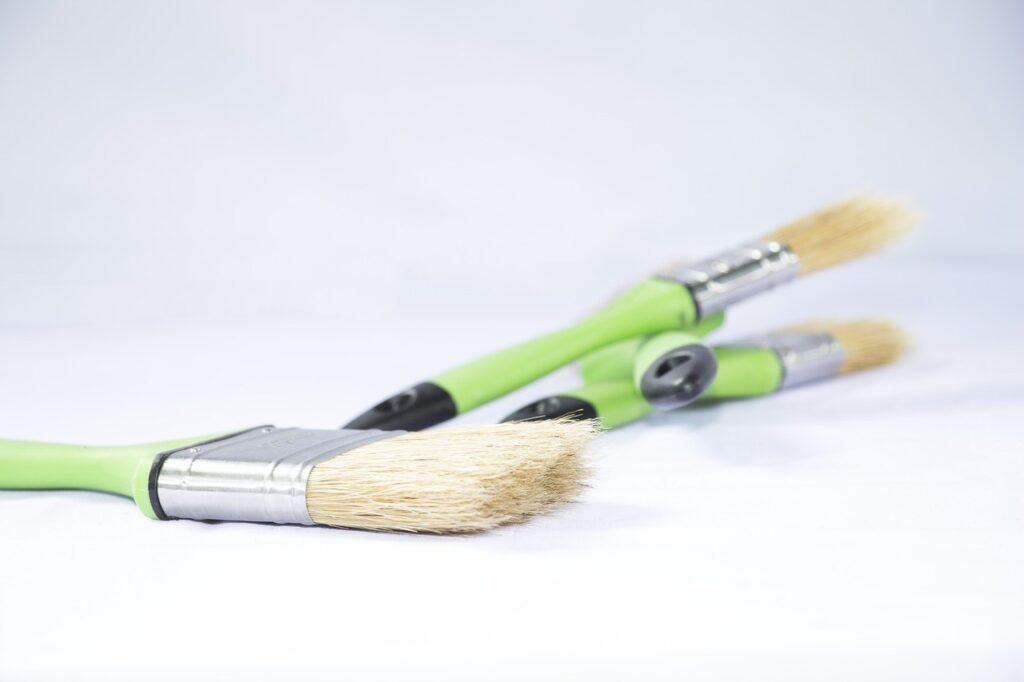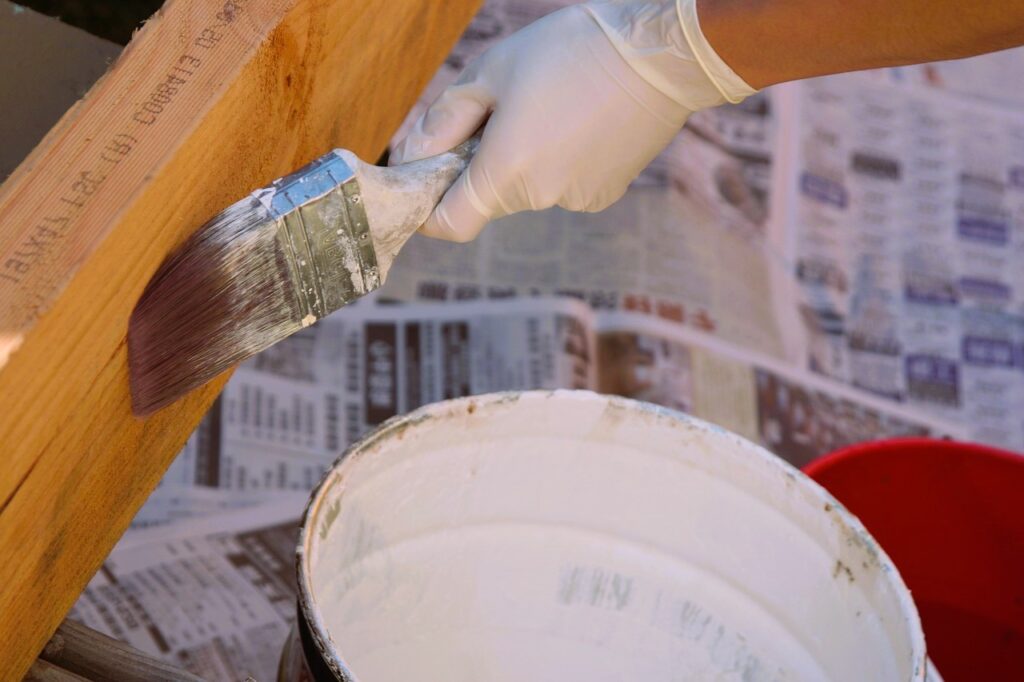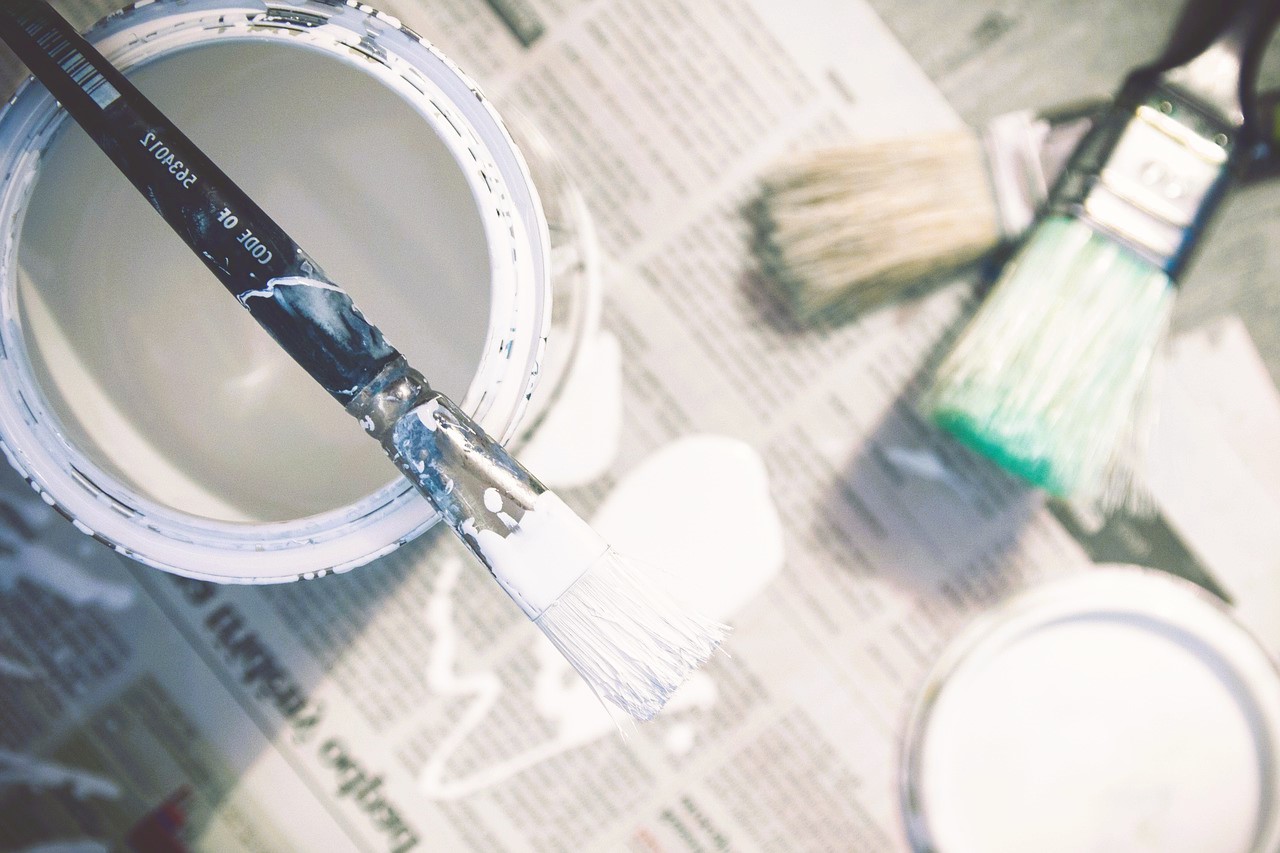May 23, 2018 Kenneth Efforts invested in the aftermath of an interior painting undertaking within your domicile may appear daunting. Undoubtedly, it proves challenging without acquainting yourself with seven exceptional guidelines we shall impart in this discourse to facilitate your endeavors.
Flawlessness in execution invariably adheres to a methodical approach. The cleanup following your interior paint venture demands a systematic course of action. Peruse the ensuing composition to simplify your undertaking.
Here are seven directives for post-completion cleanup of your interior paint endeavor.
Post interior painting cleanliness
Initiate the process by delicately eliminating the painter’s tape. Exercise caution, avoiding haste, as undue speed might compromise segments of the wall’s paint. Retract the tape with measured celerity, ensuring it peels back over itself.

Maintain the tape at a distance not exceeding 12 inches from the retraction movement. Nevertheless, should the paint have solidified, deploy a knife to liberate the film before proceeding. As a savvy suggestion, allocate additional drying time if you inhabit an area characterized by high atmospheric moisture content.
Sanitizing your implements
If your allegiance lies with the longevity of your utilized products, it becomes imperative to sanitize your painting tools to augment their utility. In the instance of water-based or latex interior paint, employ soap and water for the cleansing ritual. Conversely, in the case of oil-based paint, resort to mineral spirits for the purging process.
Rigorous brush purification
Achieving thorough cleanliness for your paintbrush mandates the usage of a paint comb. Following purification, execute a vigorous shake to expel excess water from the brush. This action concurrently aids in eliminating surplus water from the brush roller. Preserving your brush in a dry state post-cleansing is pivotal for extending its lifespan and preserving the bristles’ structural integrity.
Airing the brush
Never overlook the imperative of allowing the brush to air-dry by suspending it from its handle in an area abundant in both light and air. Inverting it during this process ensures the metal handle of the brush also undergoes desiccation. This precautionary step safeguards the metal constituents of your brush against corrosion induced by residual water. We’ve looked at 6 great trends in outdoor safety, read more here.
Reassembling the components subsequent to interior painting
Upon concluding your interior painting venture, await the complete drying of the paint. Subsequently, remove the protective coverings from light fixtures and electrical outlets. Reaffix all components to their electrical circuits to reinstate normalcy within your abode.
Safeguarding surplus materials

When storing residual paint within a canister, ensure thorough cleaning of the outer rim before sealing the container. An important advisory is to prevent your paint from freezing.
Store leftover products in a controlled environment, maintaining optimal temperature and dryness. It’s conceivable to engage your household waste disposal service for the disposal of empty containers, soiled rags, and unused products, although such a practice is infrequent. If the paint dries on brushes or rags, they can be discarded with regular refuse, alongside commonplace items like empty cereal boxes, thawed food containers post-consumption, those lackluster DVDs of “The Force Awakens” and “Jurassic World,” and assorted daily detritus.
Purifying the walls
After meticulously adhering to the aforementioned procedures, the subsequent step involves the gentle cleansing of your walls approximately three to four weeks post the culmination of the interior paint project. Utilize a mild soap and water solution for the repainted walls. Though optional and not indispensably obligatory, this additional measure may subtly contribute to the overall aesthetic, even if the precise impact remains imperceptible.


